The Works of Jesus in the Nicene Creed
Jesus: The Essential Works
What are the essential truths Christians believing about the things Jesus did? As defenders of the faith, we need to know which beliefs about Jesus’ deeds are essential and why we should believe them.
I had a conversation with my mentor Darrell Bock about this on an episode of the Table Podcast focusing on the works of Jesus mentioned in the Nicene Creed—a collaborative statement of essential Christian beliefs crafted in 325 AD. This creed was based on the Apostle’s Creed and various Scriptures. Early creeds are a good reminder that the essentials of the Christian faith were not just made up recently but actually go back to the earliest memories of Jesus and the teachings of his official spokespeople.
Let me share a couple of things we mentioned while talking about a line that that mentions Jesus’ historic death and burial:
“For our sake, he was crucified under Pontius Pilate; he suffered death and was buried.”
The Nicene Creed makes historical claims about Jesus but also includes theological interpretations of the facts. In this post, I’ll define what Christians mean when we say Jesus died “for us.” Then, I’ll touch on the historical evidence for Jesus’ crucifixion and burial. At the end of this post, you can check out the complete podcast to hear our full conversation on the works of Jesus described in the Nicene Creed. So what’s it means to say Jesus “was crucified for us?”
The Nicene Creed says Jesus was crucified for us
First, the Nicene Creed highlights a kind of substitution where Jesus bears the penalty for human sin. As Anselm of Canterbury explained, Jesus paid an infinite debt no mere human being could pay.
Second, understanding the Jewish context of the earliest Christian thought brings a couple of pictures to mind: The suffering servant of Isaiah 53 who “bears our reproach” and the way Jews understood an animal suffering in the place of a sinner. In some cases, Jews put their hands on the sacrifice to symbolize a transfer of responsibility in the sacrificial system. When you wonder about the significance of something Jesus said or did, remember that themes from the Hebrew Scriptures are often the background, and it pays to see Jesus in his cultural context.
So that’s a theological interpretation of Jesus’ death. But what about the event itself? The Nicene Creed mentions Jesus’ suffering on the cross. What’s the historical evidence for Jesus’ death on the cross?
The Nicene Creed says Jesus died on the cross
Jesus’ death by crucifixion is well-attested: It’s mentioned not only in the Gospels but in a snippet of something the Jewish historian Josephus wrote in his Antiquities, which verifies Jesus’ death under Pontius Pilate. The Roman historian Tacitus alludes to Jesus’ crucifixion as well in The Annals. As even a rather skeptical scholar like John Dominic Crossan recognizes, “That [Jesus] was crucified is as sure as anything historical can ever be.” [1]
“That [Jesus] was crucified is as sure as anything historical can ever be.”
But what happened to Jesus’ body? The Nicene Creed says Jesus was buried, just like we read about in Mark 15 and Luke 23. But what about this?
The Nicene Creed says Jesus was buried in a tomb
Some skeptics ask, “Weren’t crucifixion victims thrown into shallow graves? How do we know Jesus was put in a tomb?” First, we have reports of Jesus’ burial from the time when people who knew about it were still alive. Second, ancient Jewish sources never say Jesus’ body was thrown to the dogs in a shallow grave. There are good reasons to believe Jesus was really buried in a location that was known and that he was buried in a way that by sensitive to Jewish culture.
For example, convicted felons weren’t buried in family tombs. That’s why Jesus wasn’t buried in a family tomb. He was buried in the tomb of a fellow Jew: Joseph of Arimathea. So Jesus’ burial honored what Jewish tradition says about the way a Jewish crucifixion victim should be buried.
So Christian belief operates on two levels: The historical and the theological. As Christians, we believe historical things about Jesus—events you can actually look into like other events in ancient history. But Christians also believe theological things about Jesus—the stuff that makes historical things really matter in our lives.
Like many Christians, I affirm my belief in both the historical and theological truths of the Nicene Creed as I recite it along with my brothers and sisters in the church.
The Works of Jesus in the Nicene Creed
For us and for our salvation he came down from heaven,
was incarnate from the Holy Spirit and the Virgin Mary
and was made man.
For our sake he was crucified under Pontius Pilate;
he suffered death and was buried.
On the third day, he rose again
in accordance with the Scriptures;
he ascended into heaven
and is seated at the right hand of the Father.
He will come again in glory to judge the living and the dead,
and his kingdom will have no end.
Watch the Table Podcast
We cover a lot more about the works of Jesus in the Nicene Creed during our conversation. What are the essential Christian beliefs? Why should we believe this stuff? Check out the complete podcast:
Recommended resources related to the topic:
Jesus, You and the Essentials of Christianity – Episode 14 Video DOWNLOAD by Frank Turek (DVD)
Early Evidence for the Resurrection by Dr. Gary Habermas (DVD), (Mp3) and (Mp4)
Cold Case Resurrection Set by J. Warner Wallace (books)
Did Jesus Rise from the Dead? By Dr. Gary Habermas (book)
Mikel Del Rosario helps Christians explain their faith with courage and compassion. He is a doctoral student in the New Testament department at Dallas Theological Seminary. Mikel teaches Christian Apologetics and World Religion at William Jessup University. He is the author of Accessible Apologetics and has published over 20 journal articles on apologetics and cultural engagement with his mentor, Dr. Darrell Bock. Mikel holds an M.A. in Christian Apologetics with highest honors from Biola University and a Master of Theology (Th.M) from Dallas Theological Seminary, where he serves as Cultural Engagement Manager at the Hendricks Center and a host of the Table Podcast. Visit his Web site at ApologeticsGuy.com.
Original Blog Source: http://bit.ly/2WNb3zN

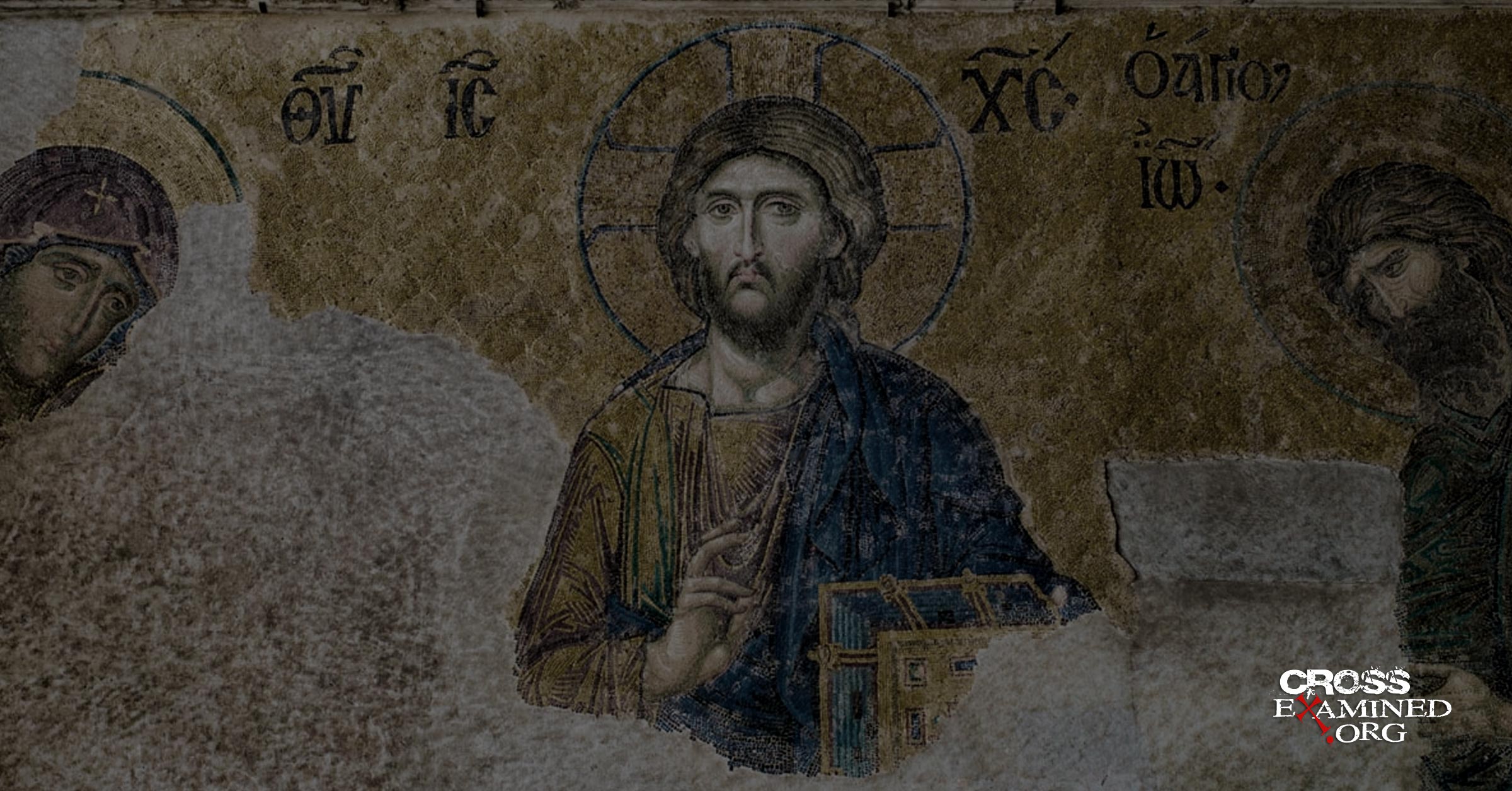
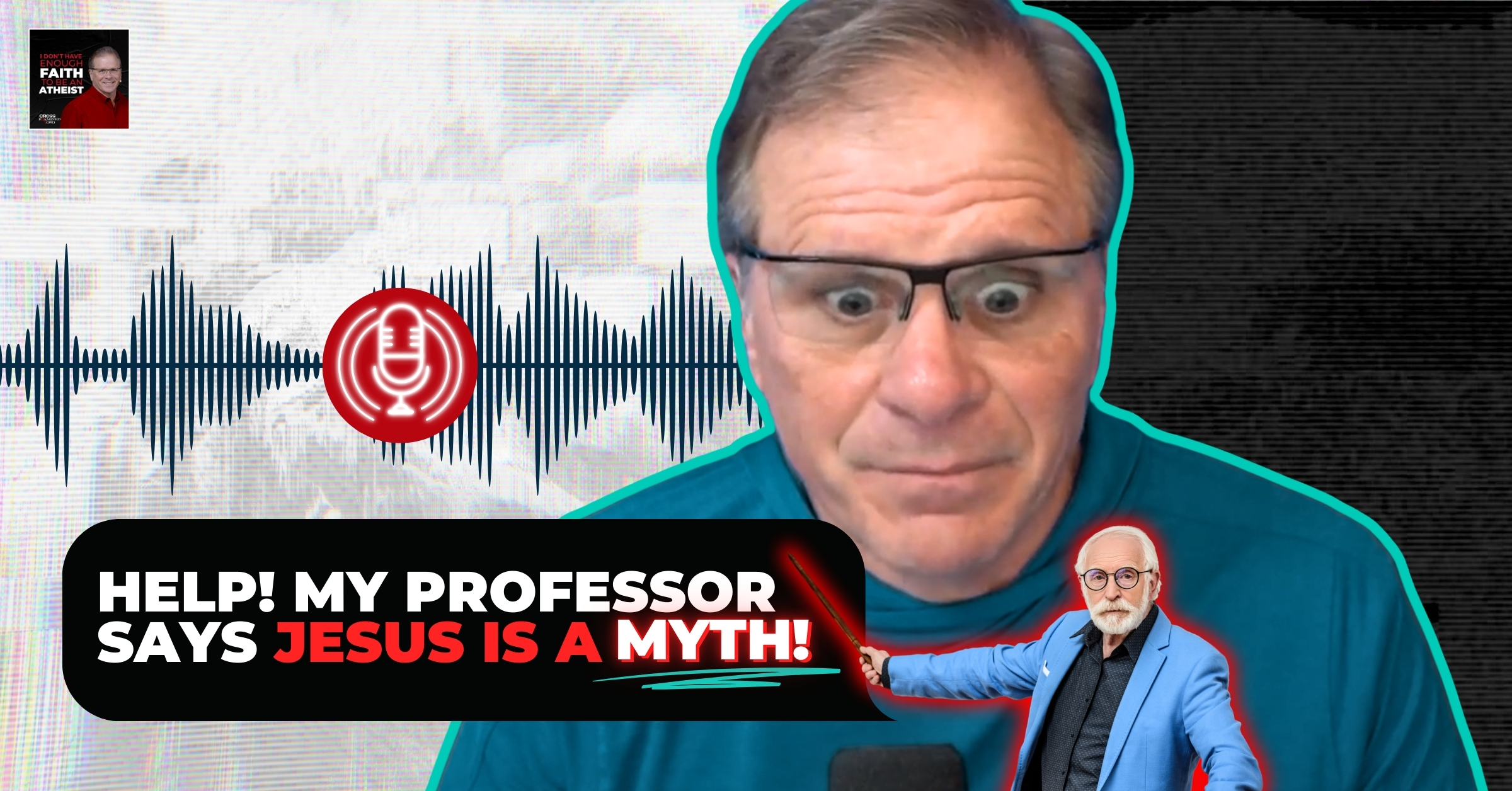
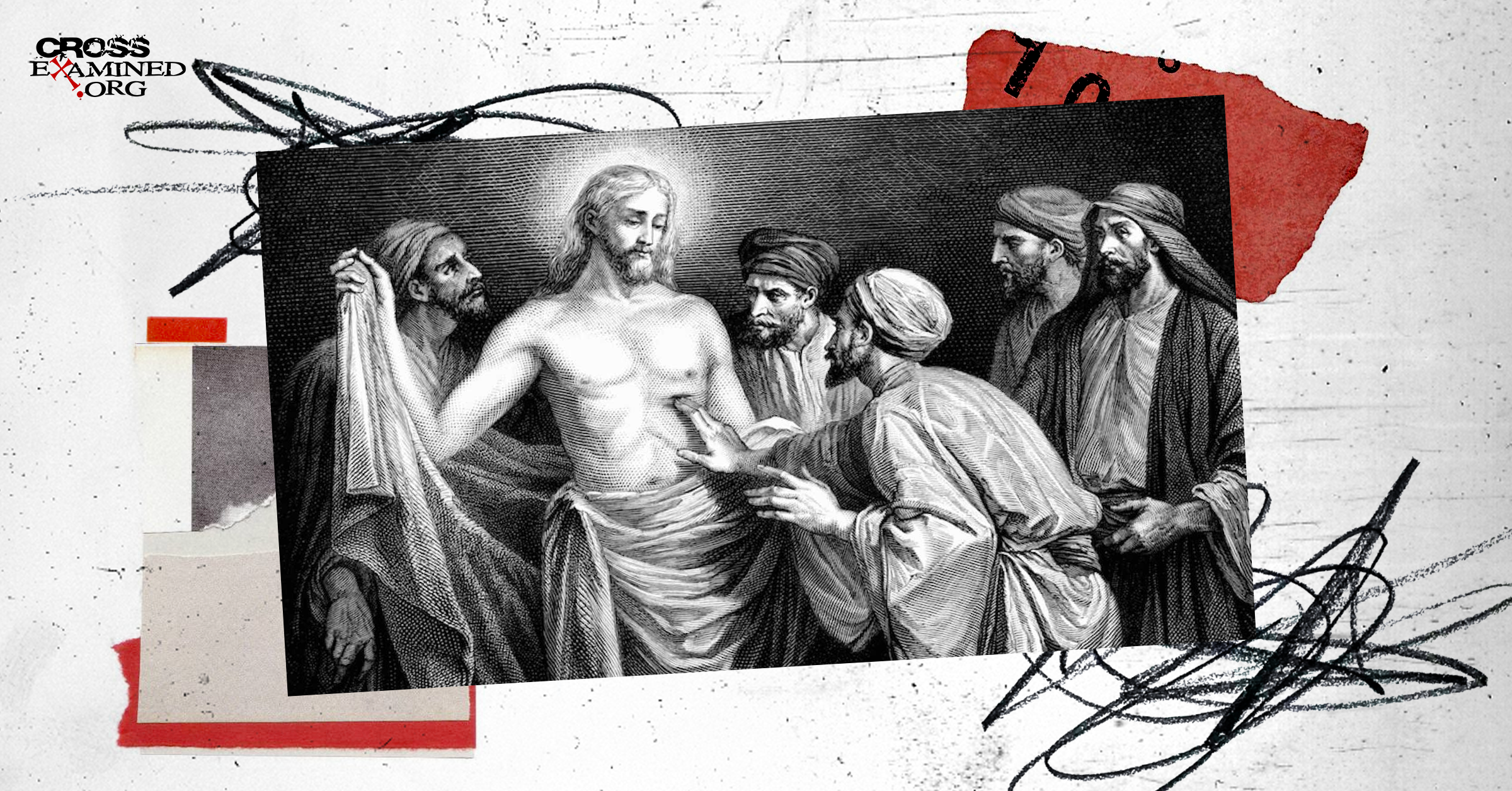

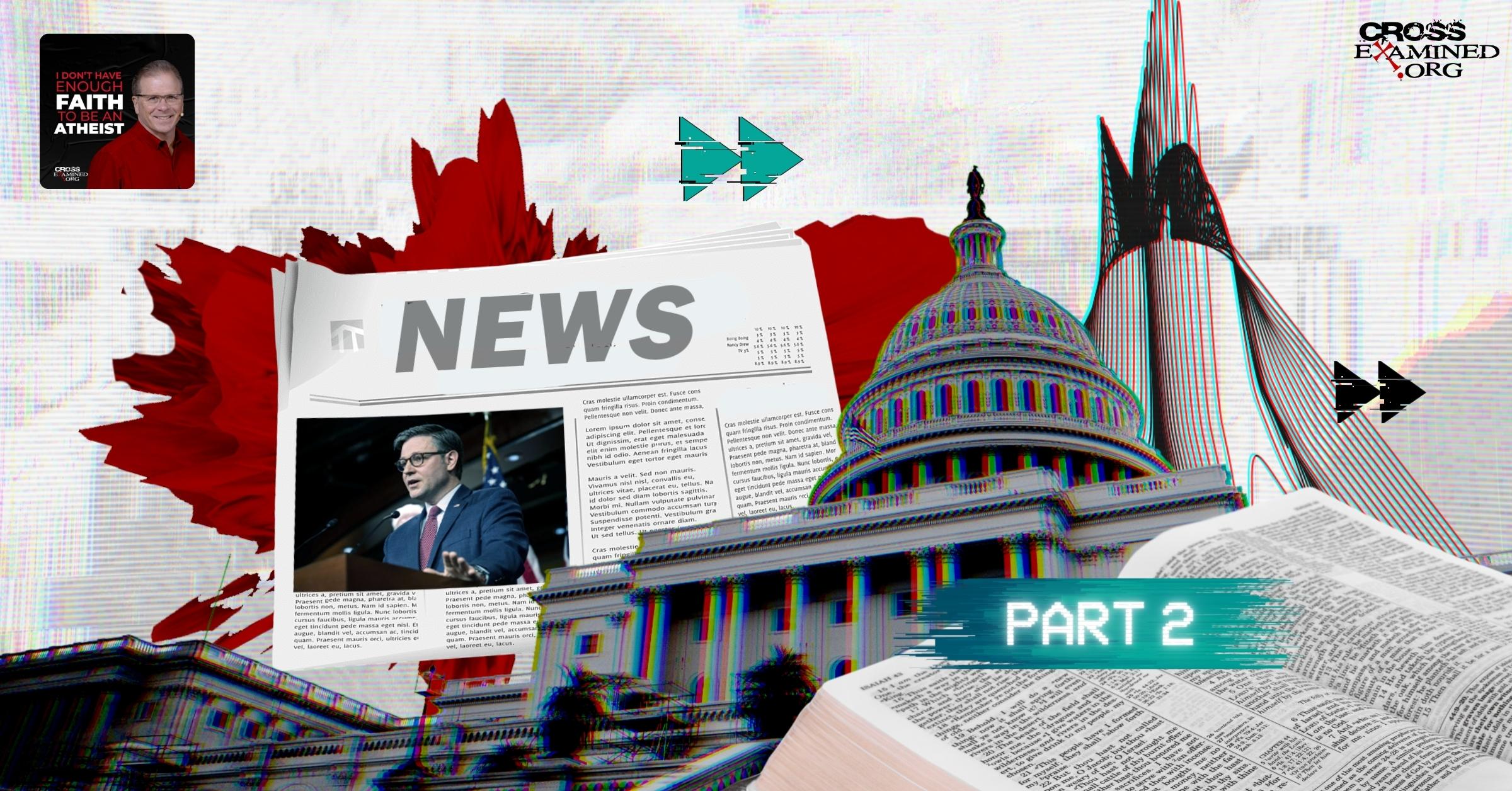


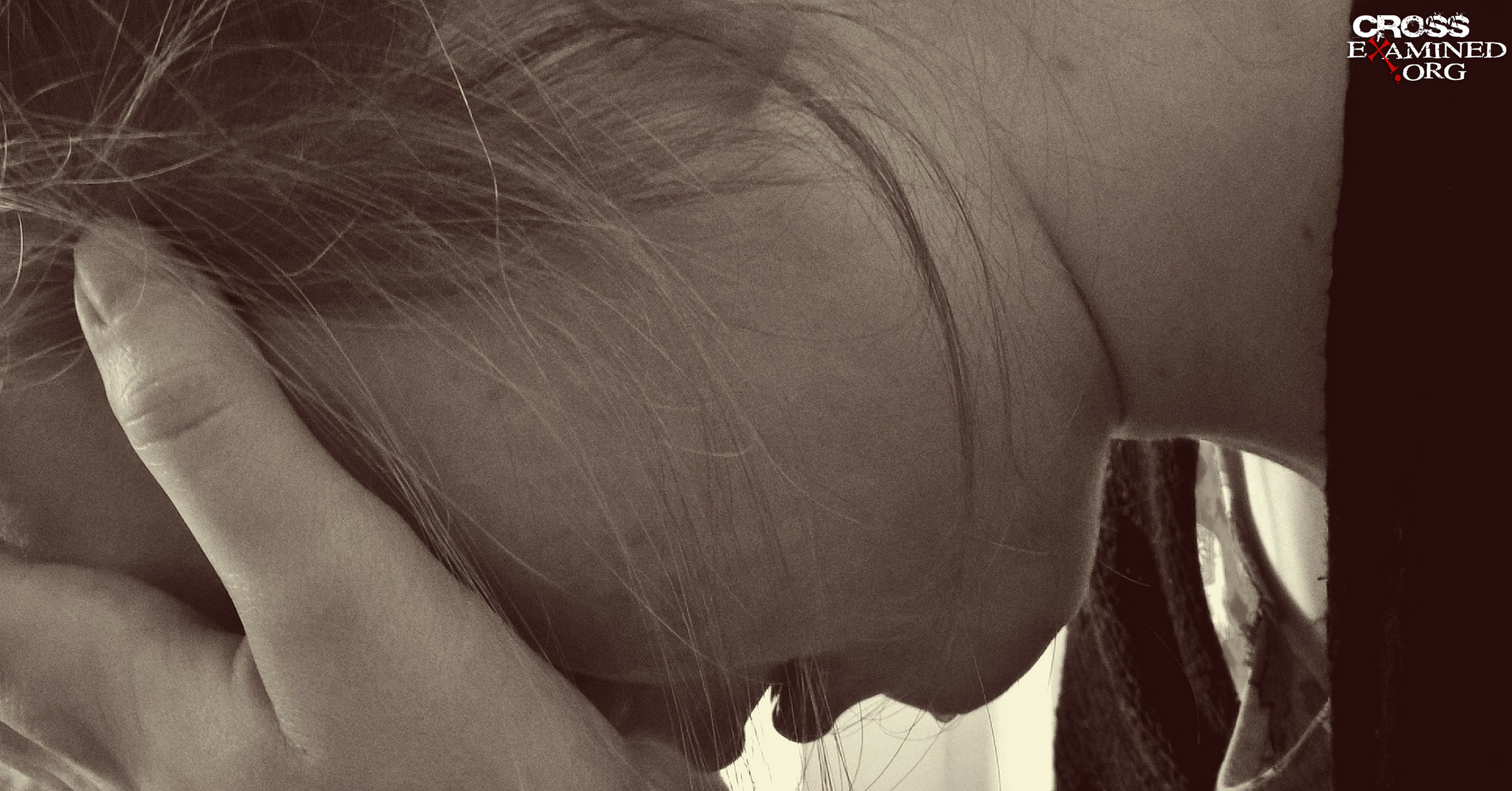

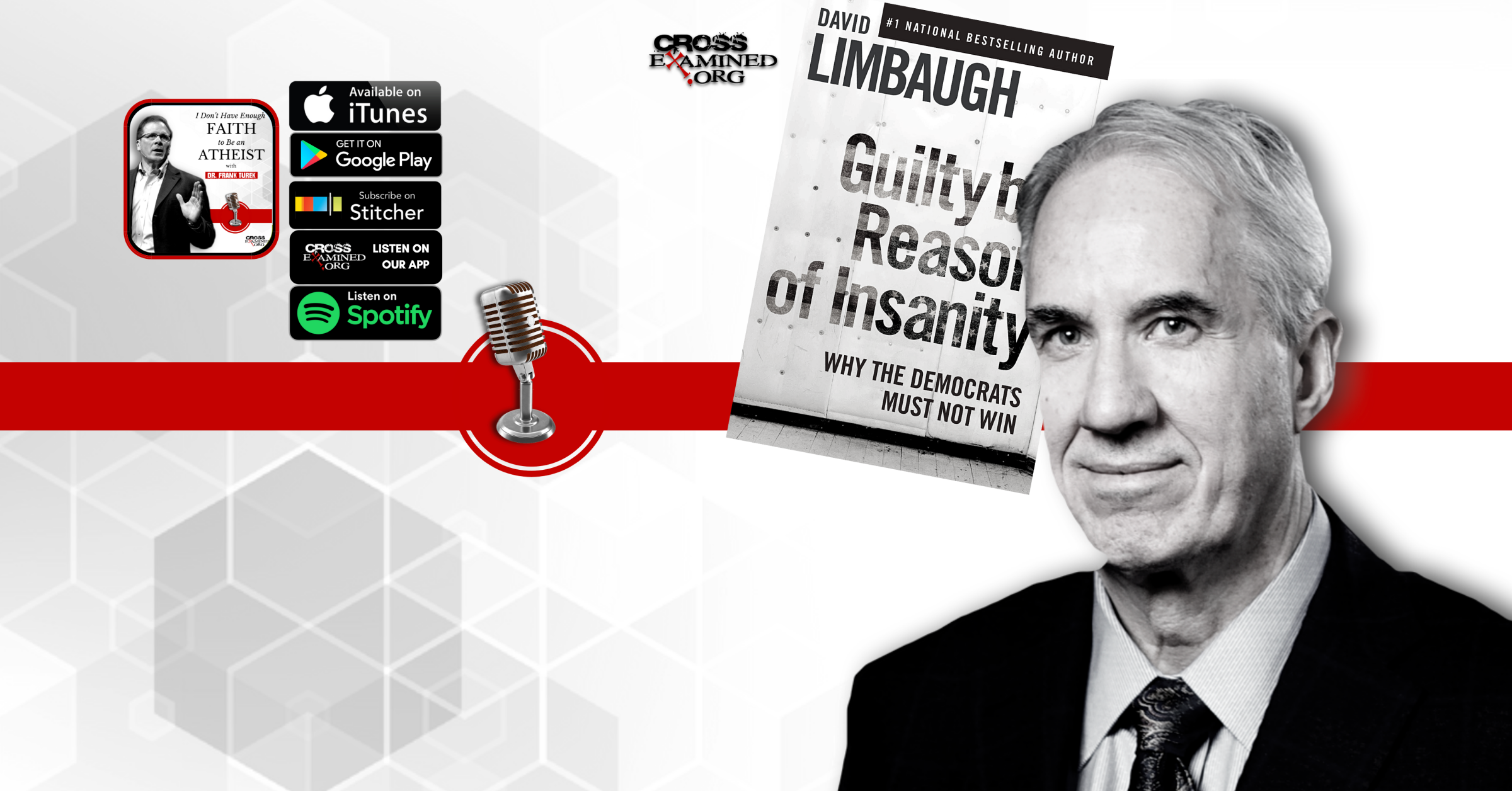
Leave a Reply
Want to join the discussion?Feel free to contribute!